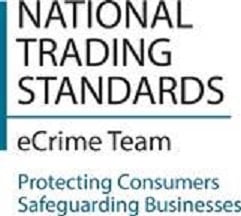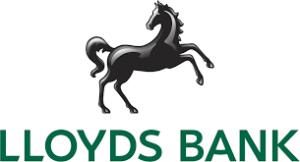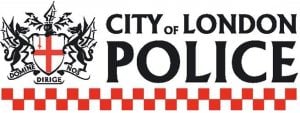The risks
- Fraud resulting from making payments over unsecured web pages.
- emails directing you to fake websites set up to collect your payment card details.
Safe payments
Online payments are normally part of your arrangement with a service provider as an alternative to payment by Direct Debit or cheque. In most cases, therefore, the payee will be familiar to you, but you must take care to ensure that you are on the provider’s genuine site.
- Remember that paying by credit card offers greater protection against fraud than with other methods.
- Double check all details of your payment before confirming. Before entering payment card details on a website, ensure that the link is secure, in two ways:
- There should be a padlock symbol in the browser window frame, which appears when you attempt to log in or register. Be sure that the padlock is not on the page itself … this will probably indicate a fraudulent site.
- The web address should begin with ‘https://’. The ‘s’ stands for ‘secure’.
- The above indicate only that the link between you and the website owner is secure, and not that the site itself is authentic. You need to do this by carefully checking the address for subtle misspellings, additional words and characters and other irregularities.
- When making a payment or transferring money via money transfer, pay the recipient a small amount such as £1 first, then check if the recipient has received it prior to sending the larger amount. This ensures that the account details are correct and you are not transferring the money to the wrong account. Also, it protects you if your email has been hacked and you have received the wrong payment details. (There have been a number of incidents where people’s email has been compromised and on seeing a payment request, the criminal has intercepted the email and replaced it with one containing their own bank details).
- Check the website’s privacy policy.
- Always log out of sites into which you have logged in or registered details. Simply closing your browser is not enough to ensure privacy.
- Keep receipts – electronic or otherwise.
- Check credit card and bank statements carefully after payment to ensure that the correct amount has been debited, and also that no fraud has taken place as a result of the transaction.
- Ensure you have effective and updated antivirus/antispyware software and firewall running before you go online.
More information
If you think you have been a victim of fraud: Report it to Action Fraud, the UK’s national fraud reporting centre by calling 0300 123 20 40 or by visiting www.actionfraud.police.uk. If you are in Scotland, contact Police Scotland on 101.
If you’ve experienced cybercrime, you can contact the charity Victim Support for free and confidential support and information.









































